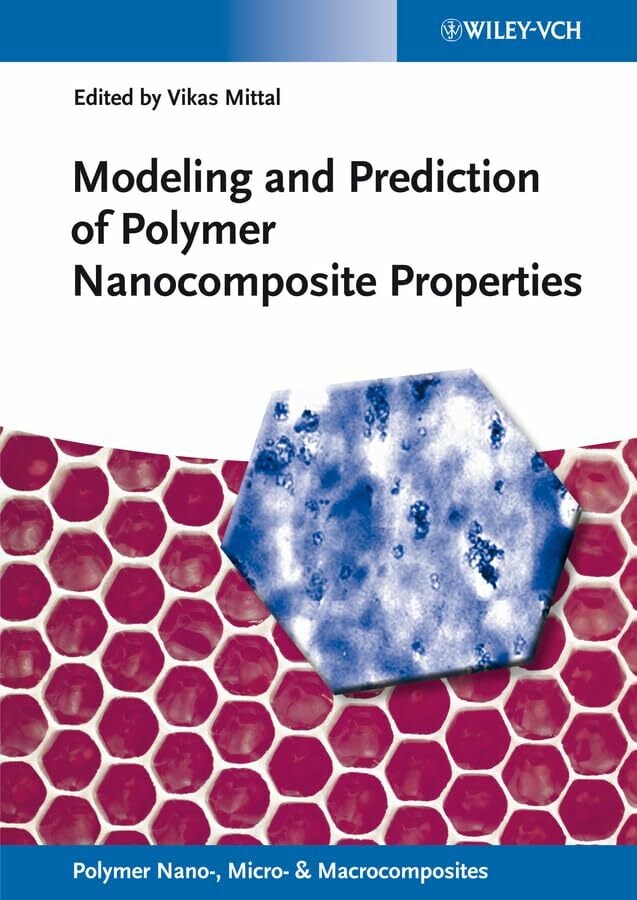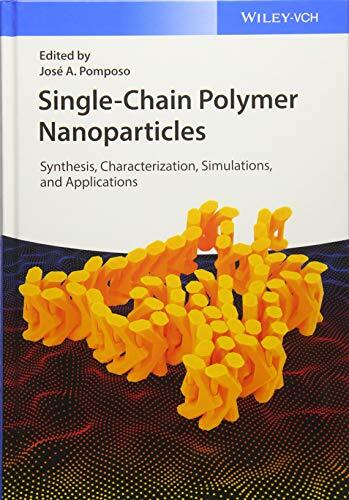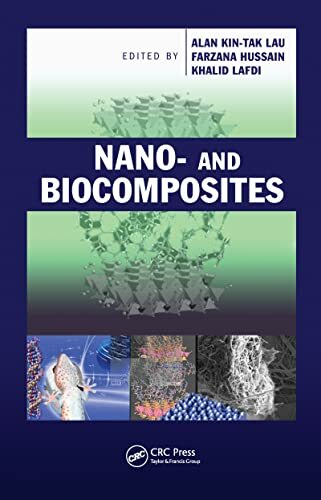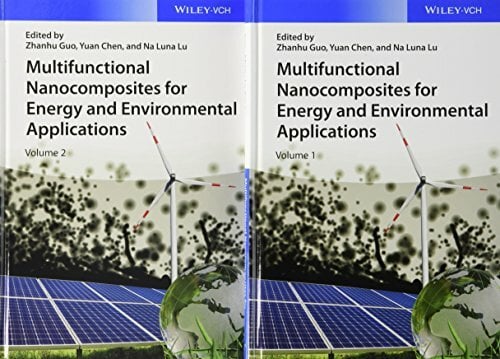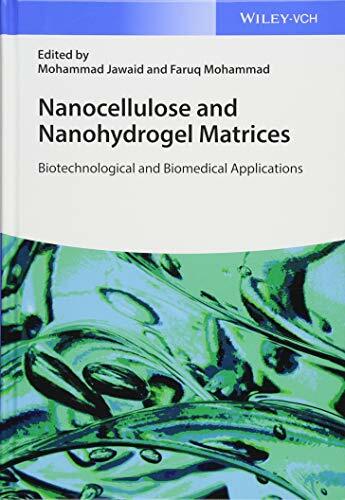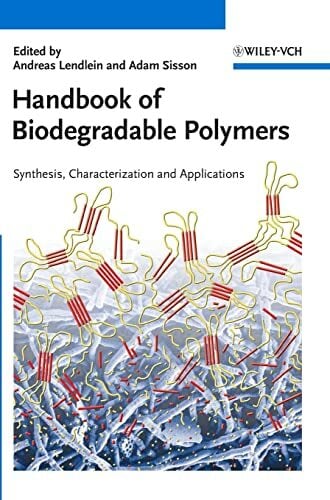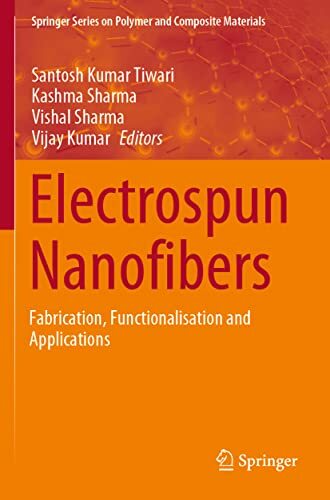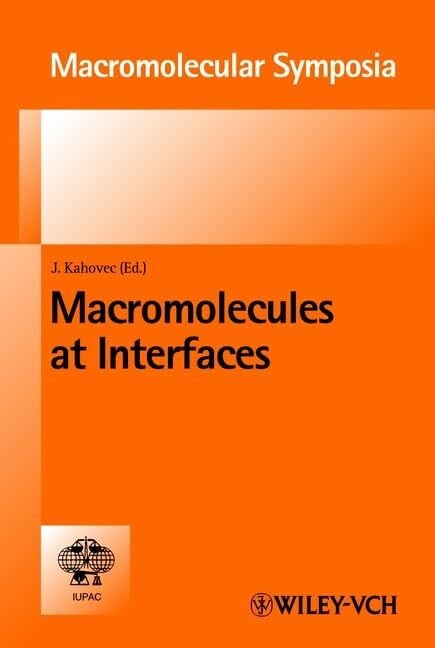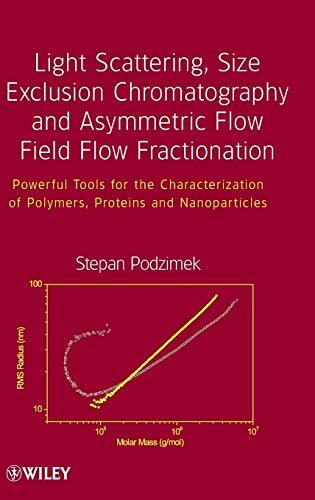
Preparation of Polymer Nano-Foams. Templates, Challenges and Kinetics
Kurzinformation
inkl. MwSt. Versandinformationen
Artikel zZt. nicht lieferbar
Artikel zZt. nicht lieferbar

Beschreibung
The current energy debate considerably affects science, economy and politics. A key aspect of this discussion is energy saving by improvement of thermal insulations for buildings. In this regard, nano insulation materials (NIMs) are the insulation materials of the future. If additionally, a pore size reduction to nanoscale results in optical transparency, completely new markets for polymer foams will arise. However, the realization of these high-potential materials is accompanied by many challenges, as for example the extremely high interfacial tension emerging during foaming processes that cause an undesired coarsening of the foam structure. To overcome these challenges, new strategies and templates have to be scientifically developed. Moreover, it is crucial to understand the foaming in detail. In this context the early state of foaming was studied by means of the principle of supercritical microemulsion expansion (POSME). The benefit of using microemulsions containing a super- or near-critical fluid as oil component is the thermodynamic stability at high pressures. This allows a fast repeatability of the expansion process at nanoscale by applying pressure cycles. In combination with a specially designed stroboscopic high pressure cell, the structural processes could be observed by time resolved small angle neutron scattering experiments. It turned out that the addition of a low molecular oil as anti aging agent results in a deceleration of foam coarsening during expansion by more than an order of magnitude. Parallel to these studies, the nanofoams by continuity inversion of dispersions (NF-CID) principle was utilized for the preparation of nanoporous polymeric materials. The significant innovation of the NF-CID principle is the generation of an extremely high number density of propellant pools by a continuity inversion of a CO2-soaked colloidal crystal, i.e. the formerly discrete polymer nanoparticles convert into a homogeneous matrix with nanodisperse fluid inclusions, if the temperature is raised above the glass transition of the respective polymer. Expanding those templates by applying a specific set of parameters led to polymethylmethacrylate and polystyrene nanoporous materials that feature pore sizes smaller than 100 nm. von Müller, Alexander
Produktdetails

So garantieren wir Dir zu jeder Zeit Premiumqualität.
Über den Autor
Alexander Müller, born 1986 in Cologne, studied chemistry at the University of Cologne. Diploma in chemistry in 2010. August 2010 to May 2013 Ph.D. thesis at the Institute of Physical Chemistry, University of Cologne. Scholarship of the 'Fonds der Chemischen Industrie' from November 2010 to Oktober 2012. Ph.D. in physical chemistry at the University of Cologne in June 2013.
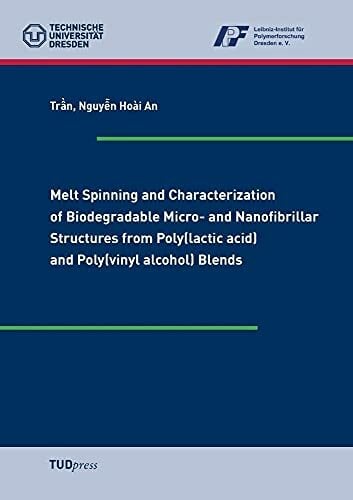
- paperback
- 216 Seiten
- Erschienen 2016
- TUDpress

- Gebunden
- 300 Seiten
- Erschienen 2016
- Wiley-VCH

- Gebunden
- 284 Seiten
- Erschienen 2020
- Wiley-VCH
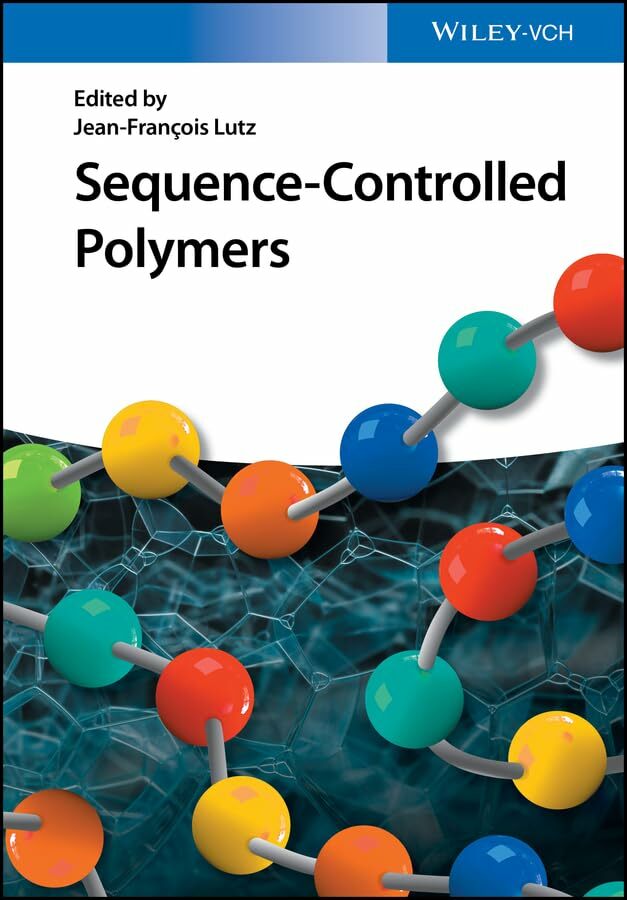
- hardcover
- 536 Seiten
- Erschienen 2018
- Wiley-VCH
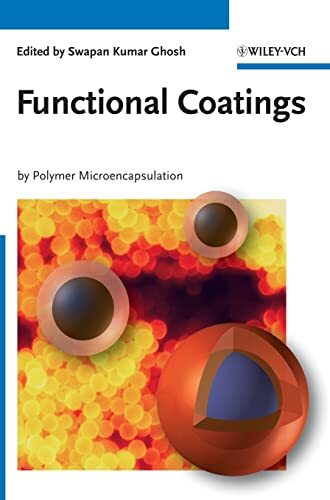
- hardcover
- 371 Seiten
- Erschienen 2006
- Wiley-VCH

- Gebunden
- 1160 Seiten
- Erschienen 2012
- Wiley-VCH

- Gebunden
- 492 Seiten
- Erschienen 2014
- Wiley-VCH

- hardcover
- 506 Seiten
- Erschienen 2019
- Springer

- Gebunden
- 384 Seiten
- Erschienen 2021
- Wiley-VCH
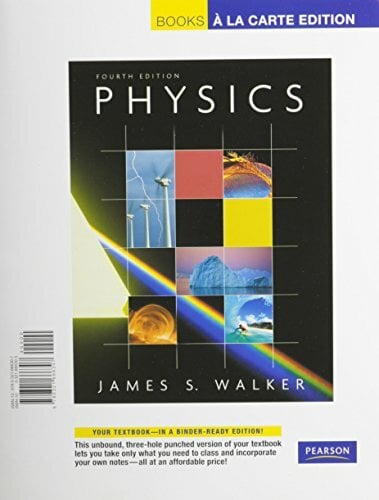
- Gebunden
- 1088 Seiten
- Erschienen 2012
- Wiley-VCH

- hardcover
- 669 Seiten
- Erschienen 2024
- Hanser Publications
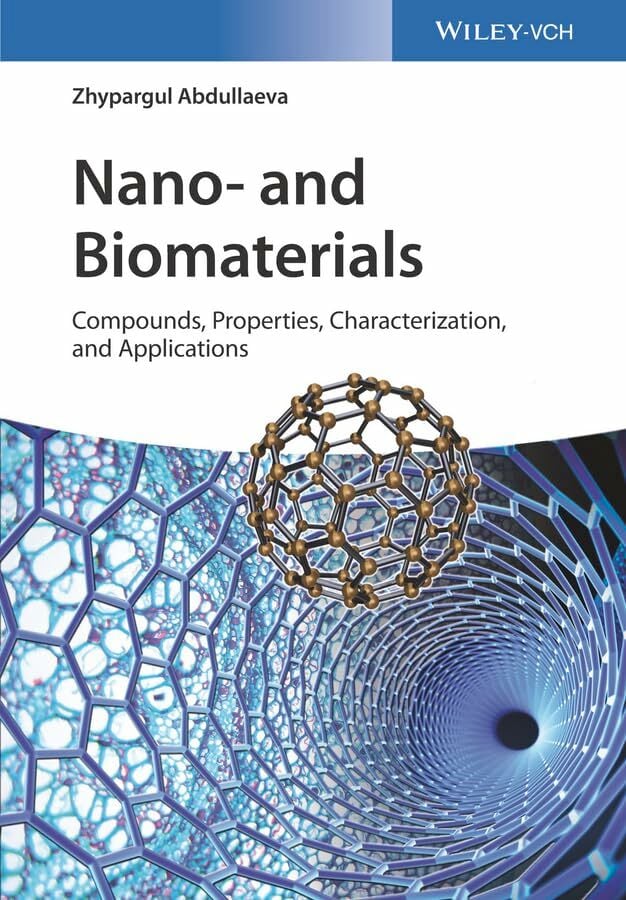
- Gebunden
- 288 Seiten
- Erschienen 2017
- Wiley-VCH

- Gebunden
- 607 Seiten
- Erschienen 2013
- Springer Spektrum
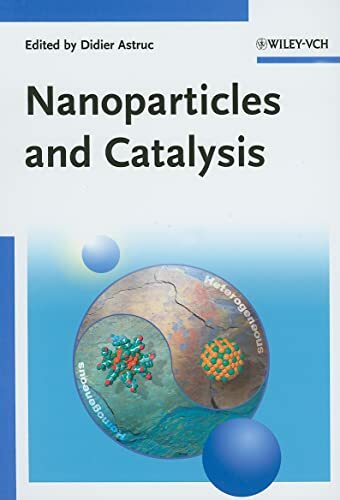
- Gebunden
- 663 Seiten
- Erschienen 2007
- Wiley-VCH

- hardcover
- 777 Seiten
- Erschienen 2002
- Hanser Pub Inc







